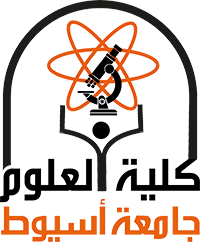Progressive lung fibrosis is associated with poorly understood aging-related endothelial cell dysfunction. To gain insight into endothelial cell alterations in lung fibrosis we performed single cell RNA-sequencing of bleomycin-injured lungs from young and aged mice. Analysis reveals activated cell states enriched for hypoxia, glycolysis and YAP/TAZ activity in ACKR1+ venous and TrkB+ capillary endothelial cells. Endothelial cell activation is prevalent in lungs of aged mice and can also be detected in human fibrotic lungs. Longitudinal single cell RNA-sequencing combined with lineage tracing demonstrate that endothelial activation resolves in young mouse lungs but persists in aged ones, indicating a failure of the aged vasculature to return to quiescence. Genes associated with activated lung endothelial cells states in vivo can be induced in vitro by activating YAP/TAZ. YAP/TAZ also cooperate with BDNF, a TrkB ligand that is reduced in fibrotic lungs, to promote capillary morphogenesis. These findings offer insights into aging-related lung endothelial cell dysfunction that may contribute to defective lung injury repair and persistent fibrosis.
ملخص البحث
تاريخ البحث
قسم البحث
مجلة البحث
Nature Communications
المشارك في البحث
الناشر
Nature Portfolio
تصنيف البحث
Q1, Journal Impact Factor: 14.7, 5-year Journal Impact Factor: 16.1
عدد البحث
15
موقع البحث
https://doi.org/10.1038/s41467-024-49545-x
سنة البحث
2024
صفحات البحث
5449

